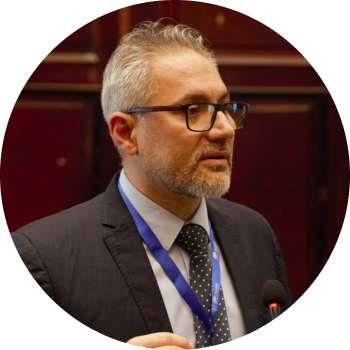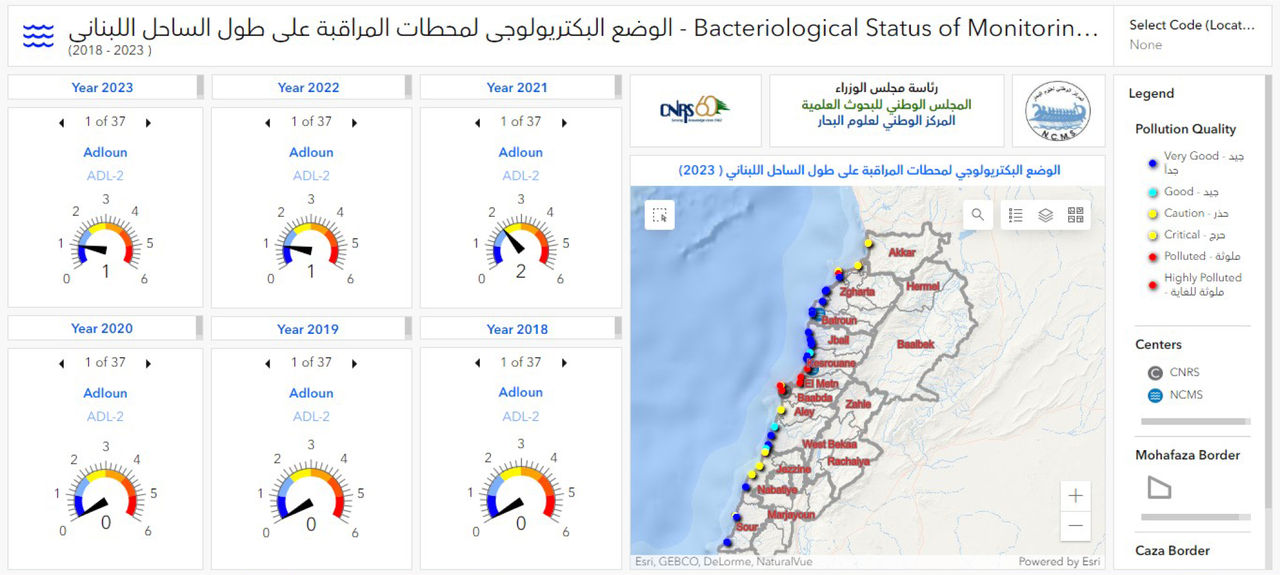Previously, data collection efforts were fragmented and often paper-based, which was time-consuming and inefficient. Community engagement in matters of water management was also limited. However, the adoption of GIS technology, specifically ArcGIS Online, ArcGIS Pro, and ArcGIS Collector, has revolutionized data collection, management, visualization, and sharing. Researchers can now create interactive maps and dashboards. Having one secure repository of data has increased collaboration and allows for the comprehensive simplification of sharing data and evaluating historical data trends for bacteria monitoring where staff can then anticipate seasonal variations or sudden changes in water quality.
Since the implementation of GIS, comprehensive water quality assessments have been conducted along the Lebanese coast, identifying the need to increase the number of water quality monitoring stations from six to 37.


